Fire and Gas Mapping Info
Mixing Geographic and Risk-Based Gas Mapping – Does it Work?
The “Concept of Proportionality”, as defined in the new British Standard on Fire and Gas Mapping, states that, when undertaking a F&G mapping study, the […]
Correlating Gas Detection and Leak Location
A common assumption implicit in gas detection systems is that a gas cloud is detected in roughly the same location of the leak source. Indeed, […]
Can Gaussian Plume Models be used for Risk-Based Gas Mapping?
One of my favorite books is “I do like CFD” by Katate Masatuka. Alongside the technical discussion of various CFD methods, he writes why he […]
Why we wrote in:Flux
The first time we exhibited in:Flux was at the Hazards 26 conference in Edinburgh, 2016. Our exhibit booth included a monitor showing the alpha version…barely […]
Feature Videos
Fire Modeling Overview Video
We are pleased to announce that Fire Modeling capability is now included with in:Flux.
Set up […]
Developing the Adaptive Meshing Capability for in:Flux CFD
It’s not an exaggeration to say that in:Flux was conceived around one idea: automatic, adaptive meshing. […]
Software Release Highlights
Detect3D v2.80 Release Highlights
Feature improvements:
Acoustic detector coverage can now be specified to only contribute to 1ooN within a risk grade
Gas detection voting […]
Detect3D v2.70 Release Highlights
Feature improvements:
Acoustic detectors can now be specified to contribute to only 2ooN+ coverage for a give risk grade.
Compatibility […]
in:Flux v4.0 Release Highlights
in:Flux Cloud
in:Flux simulations can now be submitted to a cloud server for solving.
The cloud manager can be accessed via the […]
Detect3D v2.60 Release Highlights
Feature improvements:
2D Layout view for the detector layouts that can be saved to an image file for reporting purposes. To […]
Fire Modeling Development
Why We Wrote a Fire Model for in:Flux
One thing stood out to me while we were writing a fire model for in:Flux. CFD […]
Fire Model Part 2: Choosing the Right Level of Detail
Let me make a bold statement about CFD:
Simple models perform above expectations; the opposite is true […]
Fire Model Part 1: Designing a CFD Code
I started writing my first CFD code in 2007. Back then, it seemed obvious to me […]
Developing a Fire Model for in:Flux CFD
The most common request we get from our users is to add a fire modeling capability […]
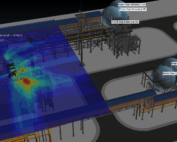
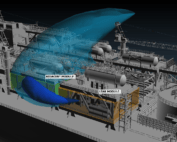
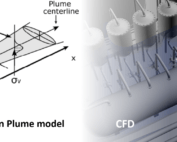

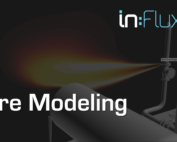

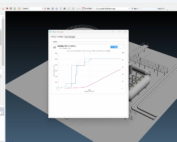

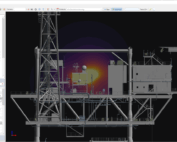
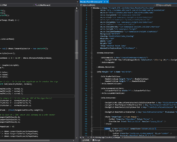
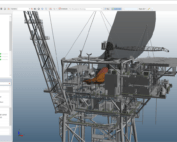
Find us